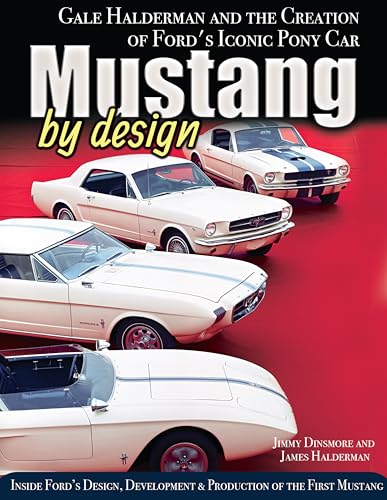- Joined
- Feb 28, 2011
- Messages
- 257
- Reaction score
- 6
- Location
- California
- My Car
- 1971 Mach 1
2000 F250-SD
2001 H-D FLTR
2004 GMC Denali
1971 Mach 1
New rebuilt 351C, top loader trans.
Holley street avenger 670 carburetor
I started my new motor last weekend, along with help from my wife. I adjusted the curb idle screw so that the motor would run a 2000 rpm for cam break in.
After running the motor for the cam break in period, i began to back off the curb idle screw to get the motor down to an idle. At approximately 1200 rpms the motor died.
I have spent the last five days attempting to find why the motor will not idle below 1200 rpm's To start the motor, I need to turn the curb idle screw in several times. This will allow the motor to idle at 1200 rpm's when it starts. When starting, I get a lot of spitting out of the carburetor. If I do not set the idle screw as described, the motor will not start. I have also backed out the high speed idle screw on the choke side of the carburetor to be sure this wasn't contributing to the problem.
With the idle at such a high speed I am unable to time the ignition, or adjust the air/fuel mixture screws.
At 1200 rpm's if i disconnect the vacuum the advance the engine dies.
I have opened the float inspection screws on front and rear bowls and verified fuel level.
I have gently bottomed out the fuel mixture screws and backed them both out one and one half turns.
Thinking I may have a vacuum leak I have done the following.
1. Removed all vacuum hoses from the carburetor, with the exception of the vacuum advance.
2.Capped off all vacuum ports on the carburetor with rubber plugs.
3. Held one hand over the pcv hole in the valve cover, and the other hand over the crank case vent hole in the other cover. No change in idle
4. Sprayed carb cleaner completely around intake manifold, carburetor base gasket, and entire carburetor.
New rebuilt 351C, top loader trans.
Holley street avenger 670 carburetor
I started my new motor last weekend, along with help from my wife. I adjusted the curb idle screw so that the motor would run a 2000 rpm for cam break in.
After running the motor for the cam break in period, i began to back off the curb idle screw to get the motor down to an idle. At approximately 1200 rpms the motor died.
I have spent the last five days attempting to find why the motor will not idle below 1200 rpm's To start the motor, I need to turn the curb idle screw in several times. This will allow the motor to idle at 1200 rpm's when it starts. When starting, I get a lot of spitting out of the carburetor. If I do not set the idle screw as described, the motor will not start. I have also backed out the high speed idle screw on the choke side of the carburetor to be sure this wasn't contributing to the problem.
With the idle at such a high speed I am unable to time the ignition, or adjust the air/fuel mixture screws.
At 1200 rpm's if i disconnect the vacuum the advance the engine dies.
I have opened the float inspection screws on front and rear bowls and verified fuel level.
I have gently bottomed out the fuel mixture screws and backed them both out one and one half turns.
Thinking I may have a vacuum leak I have done the following.
1. Removed all vacuum hoses from the carburetor, with the exception of the vacuum advance.
2.Capped off all vacuum ports on the carburetor with rubber plugs.
3. Held one hand over the pcv hole in the valve cover, and the other hand over the crank case vent hole in the other cover. No change in idle
4. Sprayed carb cleaner completely around intake manifold, carburetor base gasket, and entire carburetor.



















































